When a joint is injured, a person experiences discomfort and seeks to eliminate the discomfort by taking medication to get rid of the discomfort as quickly as possible. However, pain can serve as a harbinger of a serious illness, marking its beginning. It is recommended to seek medical attention in time to avoid delays and only symptomatic treatment.
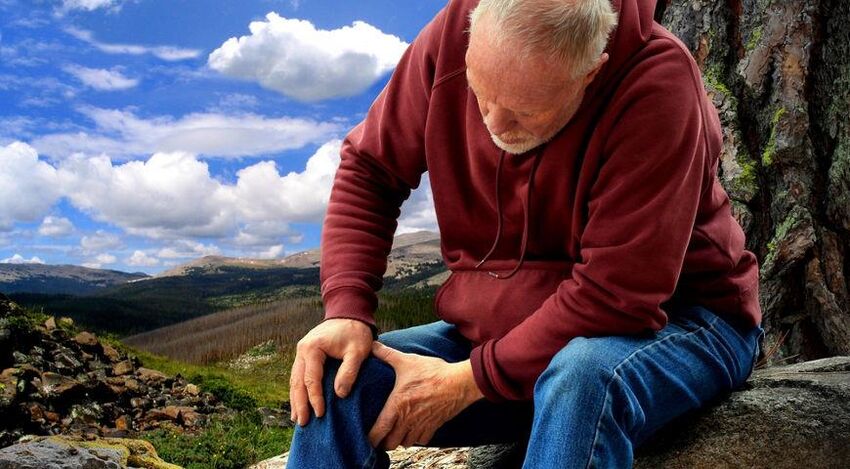
Causes and symptoms
All diseases of the musculoskeletal system are associated with pain symptoms of varying nature. Pain is a hallmark of a destructive pathological process in the body. Only clinical examination can accurately diagnose the cause. If your joint pain resembles back pain and you have difficulty moving your limbs, you need to go to the hospital. Collisions, sprains, dislocations, fractures, and other injuries require medical attention. When all joints are injured, polyarthritis is suspected. If a patient experiences one type of pain, then another, the cause may be complex injuries to motor organs, including ligaments and muscles, as well as disorders of the central nervous system. Inflammation of the joint lymph nodes is caused by an infection (ARVI, flu) that has entered the body, hypothermia. The most commonly diagnosed pain patients are:
- Arthritis, arthropathy and hip disease;
- rheumatoid disease;
- Bursitis and tendonitis;
- Osteomyelitis, osteoporosis;
- Bone tuberculosis;
- damage to the vascular system and central nervous system;
- osteochondrosis;
- tumor disease.
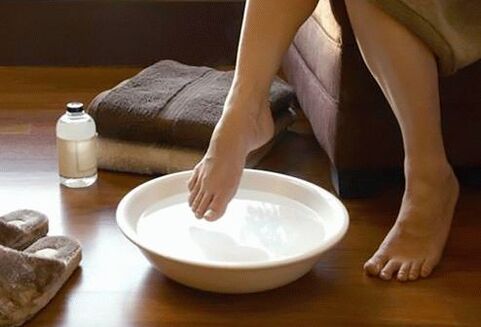
If your joints are only sore at night after a hard day's work, you can use medicated soothing ointments or folk remedies to ease the discomfort. Fatigue does not mean sickness. Factors of stress and nervousness also need to be ruled out. When deciding to go to the hospital, you need to be aware of pain-related symptoms such as:
- tissue swelling;
- changes in skin color;
- stiff movement
- Raise the temperature to subthermic and above;
- Pain in the bones before sudden weather changes;
- Creeps when moving.
type of pain
From the patient's perspective, the joint itself is often injured, although the discomfort may be an echo of other ailments. Conversely, joint back pain may be misinterpreted as a symptom of other conditions. The initial pain in the hip joint usually occurs in the abdomen, and in women, it can be seen as a sign that menstruation is approaching. Heart colic on the left side of the chest can cause pain and numbness in the arm from the shoulder to the elbow. After wisdom teeth are removed, phantom pain can radiate to the neck and shoulder girdle. However, there is a specialized category of joint pain, which is divided into the following:
- Joint stiffness in the morning and evening;
- severe pain, radiation, or pain;
- body migration pain;
- Feeling as if the joint is "in pain";
- short-term pain.
What is dangerous?

Acute pain in all large joint nodes is a clear sign of severe inflammation, infection, and degenerative processes that can lead to limited motor function and disability. If terrible, terrible pain in the joint radiates to the leg or arm, it can mean complete destruction of the node and the need for revision surgery. Ignoring mild pain can lead to worsening of harmful processes and lead to oncological complications. Inflammation moves from one node to another, affecting all large joints. Only prompt medical help can help prevent the dystrophic and inflammatory processes that destroy the joints and spine, thereby preventing dangerous diseases.
first aid
When joint pain, walking pain, must take immediate measures to eliminate discomfort. Until the cause is identified, limit yourself to symptomatic treatment aimed at eliminating or reducing the syndrome. First, it is necessary to provide rest to the affected limb and, if possible, use a support bandage to remove part of the load. With muscle spasms and twitches, take muscle relaxants to relieve joint pain with analgesics. Blocking will help quickly relieve pain in the knee and leg joints.
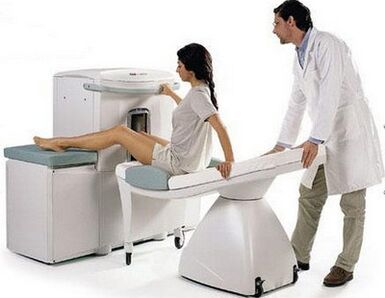
Methods of examination and diagnosis
Joint disease, as well as other pain-causing conditions, can be identified through a comprehensive examination, including external treatment examinations, laboratory tests, and hardware diagnostics. First, the doctor examines the affected area for signs of inflammation and the process of infection in the joints and adjacent tissues: swelling, rash on the body, pain on palpation, itching, what color is the skin. Here is the tool method:
- radiography;
- nuclear magnetic resonance;
- Ultrasound;
- Arthroscopy.
Clinical trials are necessary when an inflammatory or infectious process is suspected to determine its causative agent. Synovial fluid samples are also collected if degenerative processes in the joint pocket are confirmed. Additional allergy testing and autoimmune testing are sometimes recommended to determine individual responses and genetic susceptibility to disease.

What to do and how to treat?
Pain in many joints throughout the body is a sign of damage (which may be chronic or hidden) or of a disease that has entered a progressive stage. First, you need to understand what the injury is and eliminate symptoms as appropriate. If you feel the pain intensifying, you should contact the clinic immediately, where the patient will go for research and then receive treatment recommendations.
The basis of treatment is always drug therapy, accompanied by physiotherapy. Other methods can be used as an adjunct and cannot replace medication and hardware treatment.
medical preparation
Diseased joints are most often treated with conservative drugs, including non-steroidal anti-inflammatory drugs, pain relievers, medications, chondroprotective agents, and less often antibiotics and drugs to improve blood circulation. Each case requires an individual choice of treatment. Prescribe pills, injections, and droppers to patients.
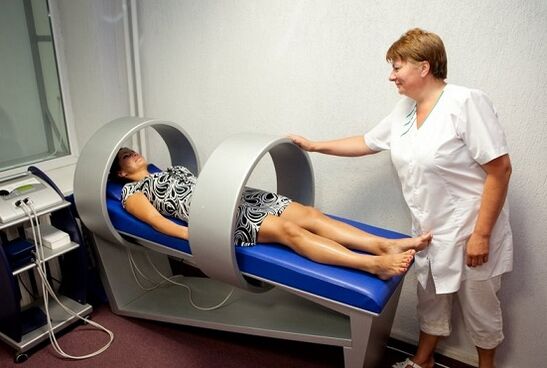
Physiotherapy
Effectively neutralize joint pain with a hardware approach. The most popular are electromagnetic procedures. The standard course consists of 10 lessons. Treatment in a clinic is necessary. In addition to the hardware treatments, the mud and balneotherapy are attributed to radon baths, ozokerite waxes and healing mineral muds. For treatment, nursing home treatment is mandatory once a year.
Surgical methods
When a joint fails to heal, it needs to be replaced with a prosthesis. To get rid of the severe pain in the leg joints, doctors must first remove the badly damaged articular cartilage before implanting artificial cartilage. The prosthesis can be partial or complete, depending on the level of bone and cartilage wear and the presence of osteophytes.
Exercise and Massage
Therapeutic exercises will help strengthen the muscle corset. Pilates and yoga will make the body more flexible and increase the mobility of the joints, which will help prevent the formation of osteophytes and fluid retention, the formation of salt and calcium deposits.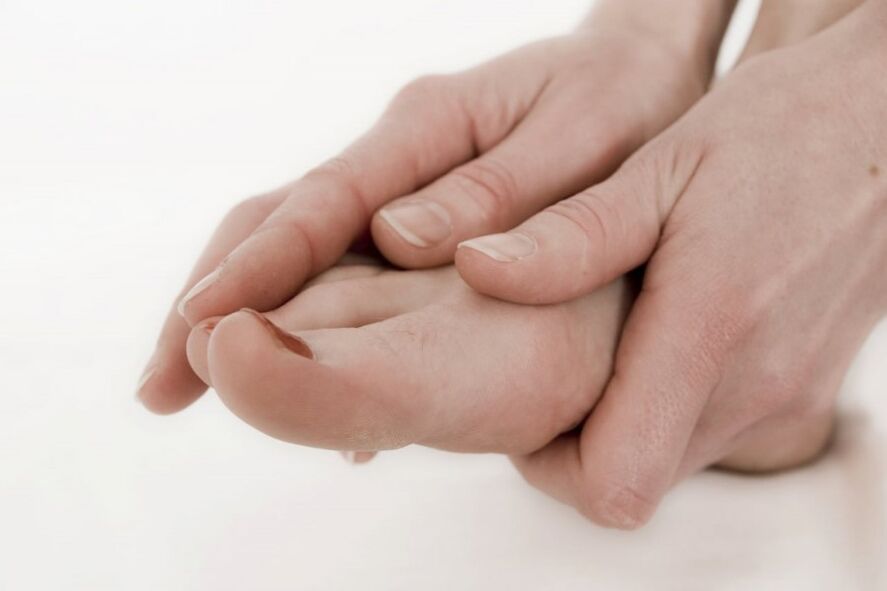 Workouts for strength, resistance, and flexibility are performed in rotation, with no sudden movements. The best route is chosen by the coach. Morning and evening at home, a mild tilt and turn complex is recommended to stretch joints and muscles, especially when sitting for long periods of time.
Workouts for strength, resistance, and flexibility are performed in rotation, with no sudden movements. The best route is chosen by the coach. Morning and evening at home, a mild tilt and turn complex is recommended to stretch joints and muscles, especially when sitting for long periods of time.
When severe foot discomfort occurs after a long walk, a massage combined with a hot herbal bath will help relieve the discomfort. Massage and acupuncture can be performed at home without going to a clinic, but only if they are performed by an experienced doctor, otherwise unsightly marks may be left on the skin.
folk recipes
On the one hand, the effectiveness of non-traditional methods has not been clinically proven, but on the other hand, many patients successfully relieve pain with the help of natural home remedies they make themselves. If the joints are sore, apply honey cream on it and add chili peppers and bee venom. Alcohol rubs and compresses based on dandelion and horse chestnut inflorescences eliminate puffiness caused by joint disease. Cold-pressed olive oil has analgesic properties. When practicing traditional medicine, it is important to keep in mind that many ingredients can cause allergies and skin damage. Treatment with folk methods can be used as symptomatic treatment, but not as the main course of treatment.
Precaution
In spring and winter, vitamin deficiencies can lead to weakened joint nutrition, making it vulnerable to inflammatory processes. It is necessary to take vitamin complexes regularly. To prevent joints, you can drink dietary supplements with chondroprotective properties. It is recommended to visit the massage room once a month to maintain muscle tone, through small sessions of 5 programs. After an injury, bandages must be worn and crutches must be used. If the pain begins to recur after the course of treatment, it is best to consult a doctor immediately.























